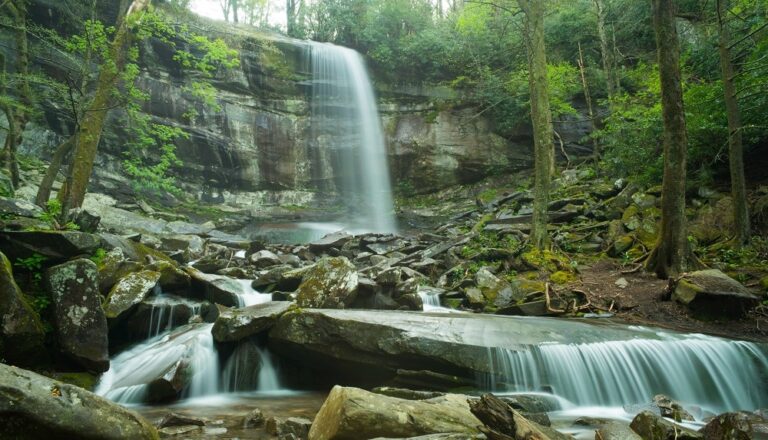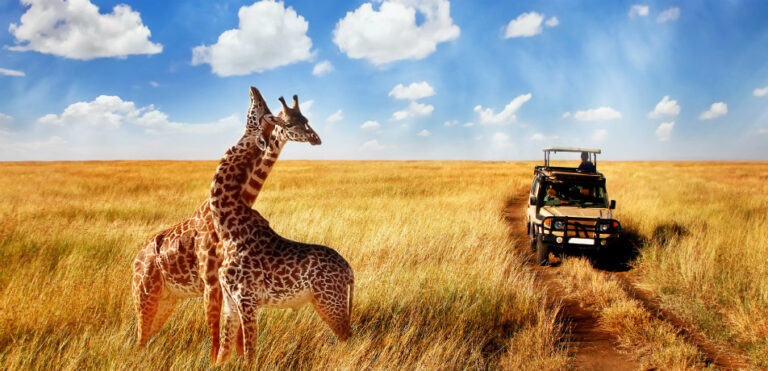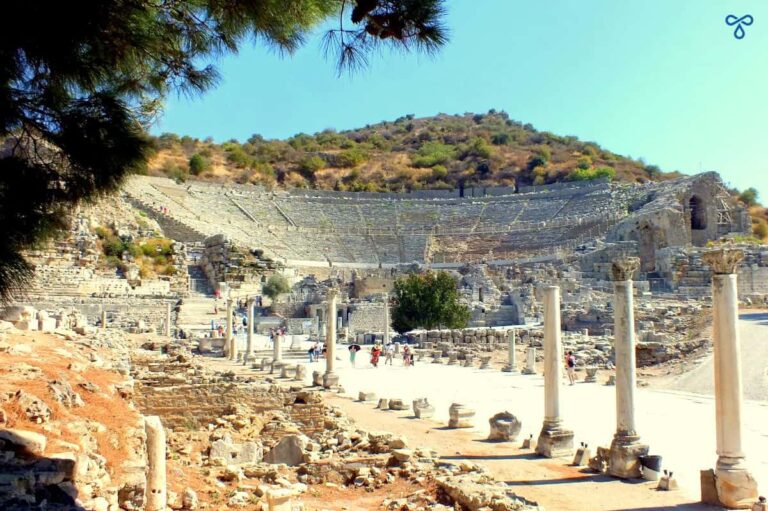Grand Canyon, Arizona Nature’s Jaw-Dropping, Mind-Bending Masterpiece
Welcome to the Grand Canyon, where the Earth has unfolded millions of years of geological drama in one of the most jaw-dropping landscapes on the planet. This Grand Canyon, in Arizona, is a travel experience that offers more than just a pretty view; it’s a vast, living museum of Earth’s history, carved by time, water, and a bit of magic (okay, science). Located in northern Arizona, this UNESCO World Heritage Site is both humbling and beautiful.
This article is your all-in-one guide to the Grand Canyon: from its origins and natural wonders to its rich indigenous history, hiking adventures, Instagrammable views, and real travel tips. Whether you’re planning your first visit or just looking for an excuse to daydream, we’ve got you covered with facts, fun, and a sprinkle of sass.
1. What Is the Grand Canyon?
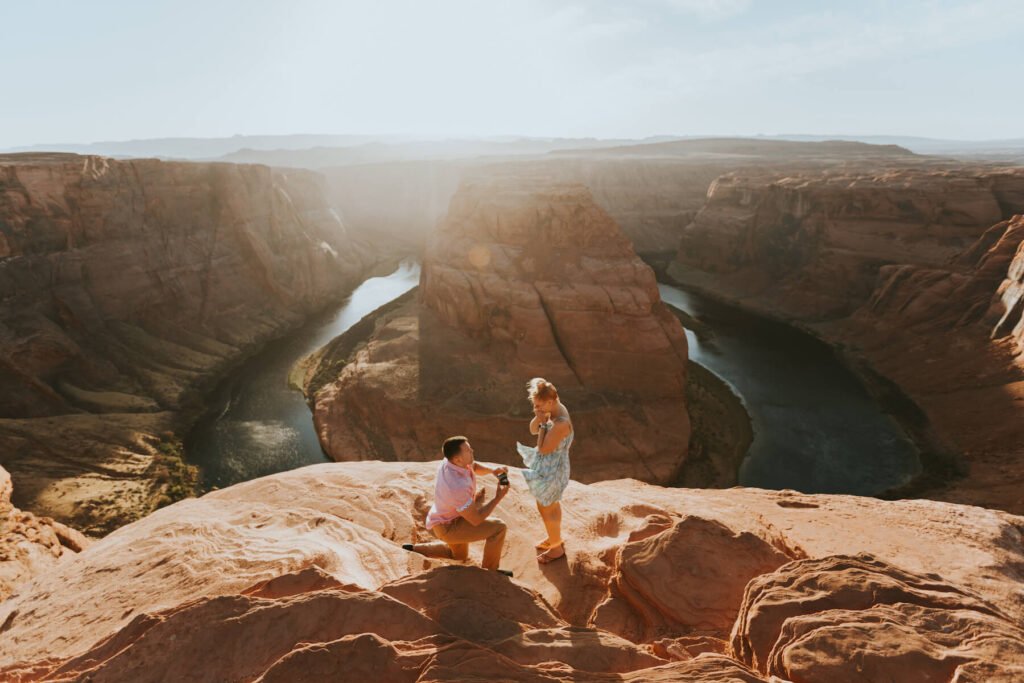
The Grand Canyon is a massive geological gorge carved by the Colorado River. It stretches approximately 277 miles (446 km) in length, up to 18 miles (29 km) in width, and over a mile (1.6 km) deep. It’s part of the Grand Canyon National Park, which attracts over 6 million visitors annually.
But beyond the stats, standing on the rim and looking out across the canyon feels like staring into the soul of the planet. It’s humbling, overwhelming, and deeply beautiful.
2. How Was the Grand Canyon Formed?
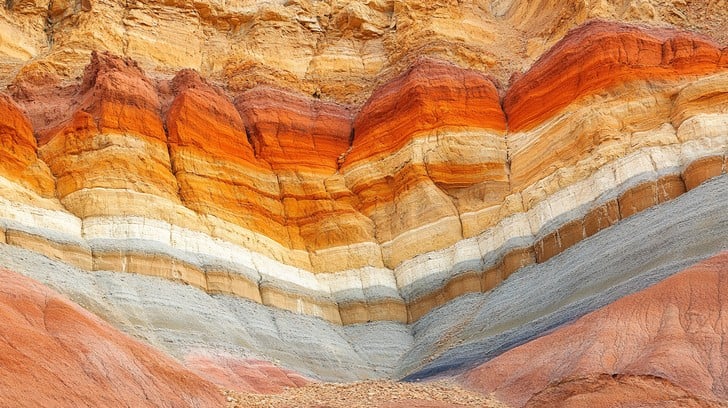
The canyon’s story begins over 2 billion years ago with ancient rocks known as Vishnu Schist. Over time, layers of sedimentary rock piled up, and then, about 5 to 6 million years ago, the Colorado River began slicing its way through these layers. Erosion from wind, water, and gravity continued the work.
The result? A natural sculpture so intricate and colorful that it looks like it was designed by an artist with infinite patience.
3. Indigenous Roots and Sacred History
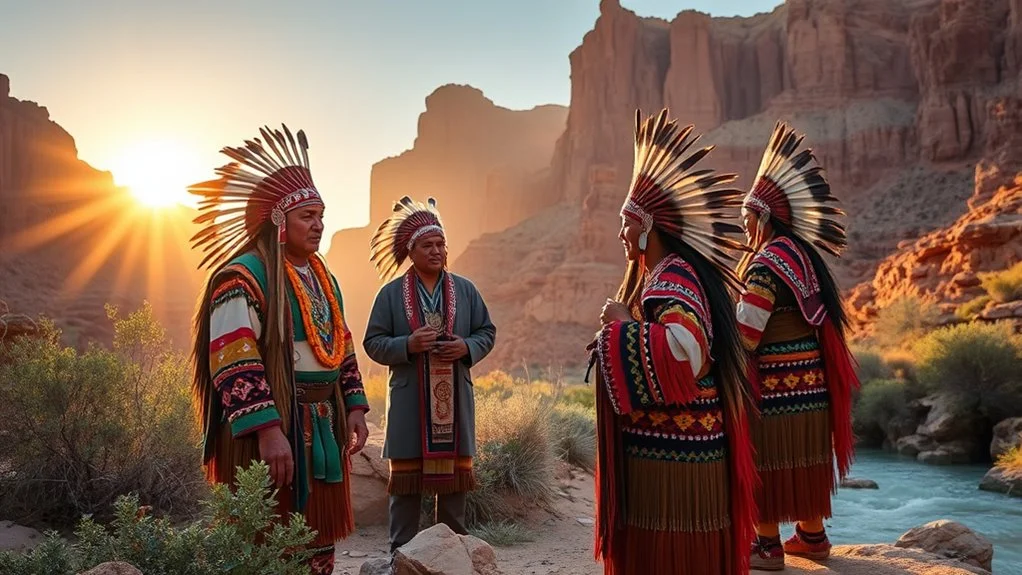
Long before it became a national park, the Grand Canyon was (and still is) sacred land to Native American tribes. The Havasupai, Hopi, Hualapai, Navajo, and Zuni are among the many indigenous groups with deep connections to the canyon.
The Havasupai Tribe has lived in the canyon for over 800 years, particularly around Havasu Creek. Their name means people of the blue-green waters, a nod to the stunning turquoise waterfalls that run through their land.
Visitors to areas like Havasu Falls must respect permit systems and cultural guidelines. Remember: this land has stories deeper than the canyon itself.
4. The Great Rim Debate: South vs North vs West
South Rim
- Most popular and accessible
- Open year-round
- Home to Grand Canyon Village
- Tons of amenities, tours, and iconic views
- It can be very crowded during peak season
North Rim
- Higher elevation and cooler temps
- Less crowded, more rugged
- Closed in winter
- Fewer services, but stunning views and serenity
West Rim
- Operated by the Hualapai Tribe
- Features the Skywalk (glass bridge)
- Closest rim to Las Vegas
- Not part of the national park
Each rim has its vibe. If you’re a first-timer, the South Rim is your best intro. If you crave solitude, go North. Want a thrill? West Rim’s Skywalk awaits.
5. Top Activities in the Grand Canyon
Hiking
- Bright Angel Trail: Well-maintained, water stops, great for beginners.
- South Kaibab Trail: Steeper, epic views, no water, come prepared.
- Rim Trail: Flat, scenic, and perfect for casual strolls.
Mule Rides
Travel like it’s the 1800s. Mule rides take you partway into the canyon, guided by pros. Book eaEarl it popular?
Helicopter Tours
See the canyon from above in all its layered glory. Pricey, but unforgettable.
River Rafting
Multi-day trips on the Colorado River range from calm to wild. A must-do for adventure lovers.
Stargazing
Certified as an International Dark Sky Park, the Grand Canyon offers spectacular stargazing. Bring a telescope or just your eyes and a blanket.
6. Wildlife & Ecosystems
From bighorn sheep to condors, the Grand Canyon is teeming with life. There are over 90 species of mammals, 450 bird species, and countless reptiles and insects.
Keep your snacks sealed. Squirrels are notoriously bold, and feeding wildlife is a big no-no.
7. Best Time to Visit
- Spring (Mar–May): Wildflowers, pleasant weather, fewer crowds
- Summer (Jun–Aug): Hot, busy, especially on the South Rim
- Fall (Sep–Nov): Cooler, colorful, and less crowded
- Winter (Dec–Feb): Quiet, snowy views on the North Rim (if open)
Avoid peak tourist seasons if you prefer peace. Early mornings and weekdays are golden.
8. Instagrammable Spots
- Hopi Point: Best for sunset
- Ooh Aah Point: Epic name, epic view
- Desert View Watchtower: Iconic stone tower with 360° views
- Havasu Falls: For that perfect turquoise waterfall shot
Pro tip: Skip the filters. The canyon doesn’t need them.
9. Travel Tips
- Hydrate like it’s your job
- Wear real hiking shoes (flip-flops are a tragedy waiting to happen)
- Respect the land and cultures
- Don’t pet the squirrels
- Book lodging and permits in advance
10. Final Thoughts
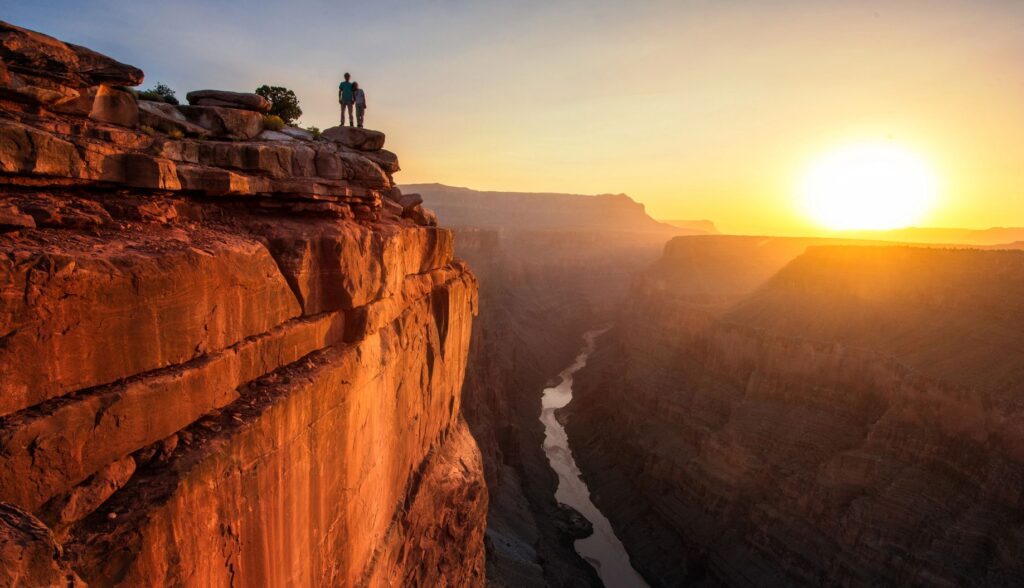
The Grand Canyon isn’t just a destination; it’s a reset button. You come for the views, but you leave with perspective. It’s one of those places that reminds you how small we are, and how incredible the planet is.
Whether you’re hiking into its depths, flying over its ridges, or just soaking it all in from a lookout point, one thing’s for sure: the Grand Canyon is grand in every sense of the word.
So pack your bags, grab your camera, and go get rocked by nature’s greatest masterpiece.
Frequently Asked Questions (FAQ)
Q: Where is the Grand Canyon located?
A: In northern Arizona, USA. It’s part of the Grand Canyon National Park.
Q: Is it free to enter the Grand Canyon?
A: Not exactly. There’s an entrance fee for the national park, usually around $35 per vehicle (valid for 7 days).
Q: Can I hike to the bottom and back in one day?
A: It’s strongly discouraged. The hike down is easy; the hike back up is brutal and can be dangerous. Most people do it as an overnight trip.
Q: Do I need a permit to hike or camp?
A: Yes, especially for overnight hikes like Phantom Ranch or Havasu Falls. Day hikes don’t usually need permits.
Q: What’s the best rim to visit?
A: First-timers usually go to the South Rim. It’s accessible and has the most facilities and viewpoints.
Q: Is the Grand Canyon kid-friendly?
A: Definitely! Just stick to safe trails, hold little hands near the edge, and bring plenty of water and snacks.
Q: Can I visit during winter?
A: Yes, especially the South im which is open year-round. The North Rim closes in winter due to snow.
Q: Are pets allowed in the park?
A: Pets are allowed on leashes in certain areas of the Trail Rim Trail, but not below the rim or in park lodging.
Q: Is it wheelchair accessible?
A: Yes! The park has many accessible viewpoints, shuttles, and even trail sections.
Q: What should I bring?
A: Water, sun protection, proper shoes, snaa cks, camera, layers (weather changes fast), and respect for nature.

